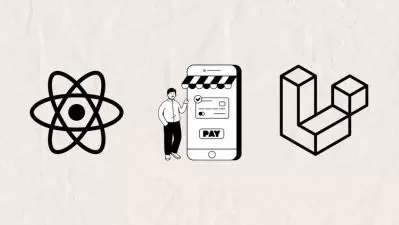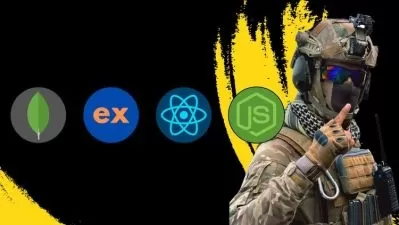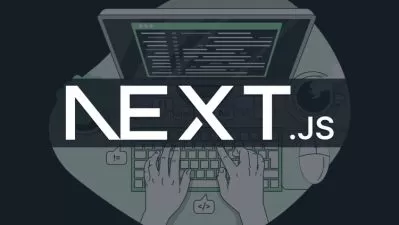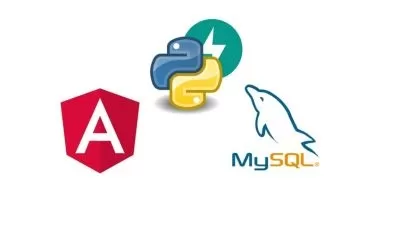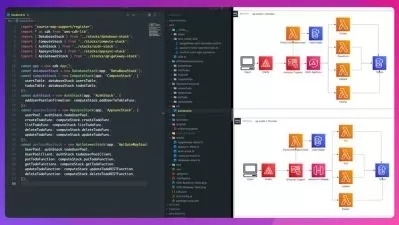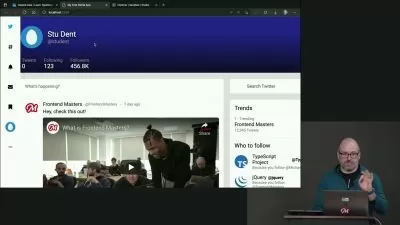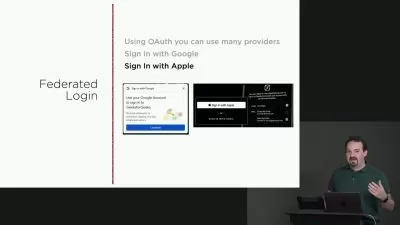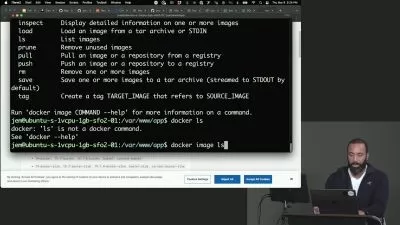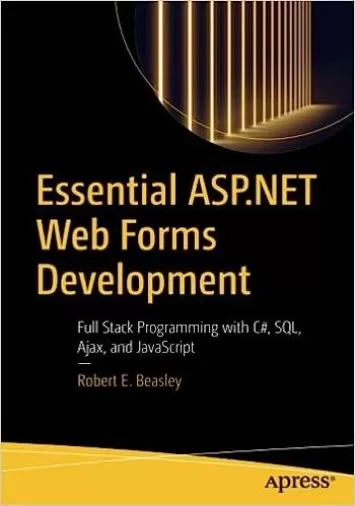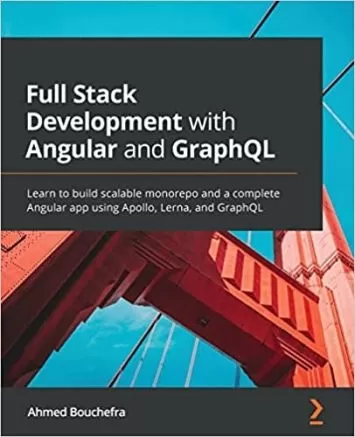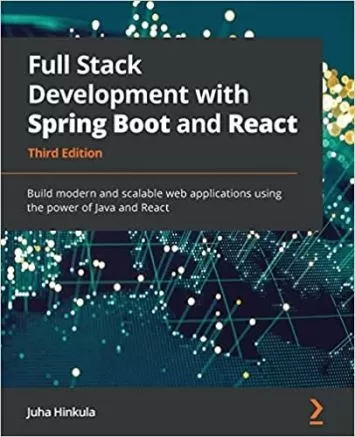About Full Stack Web DevelopmentLearn More
Take a full stack web development course on Udemy and learn this highly in-demand skill. Learn front-end and back-end development and how they interact. Discover the latest frameworks, technologies and best practices. Find out how to build professional sites and e-commerce applications. Our range of courses can help you get started as a web developer, or brush up on the latest skills.
Sort by:
Sorting
The newest
Most visited
Course time
Subtitle
Filtering
Courses

Udemy


Rudra Prasad Hota
Build Social Media App like Insta Clone App - React&Firebase 8:20:23
05/27/2024
Subtitle
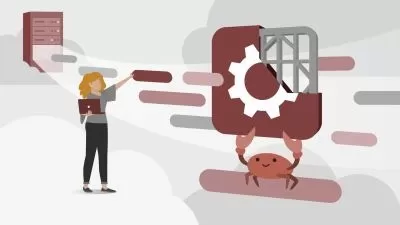
Linkedin Learning


Ken Kohlmann
Full-Stack Web Applications with Rust and Leptos 1:21:06
English subtitles
04/27/2024
Books
Frequently asked questions about Full Stack Web Development
Full stack web development refers to the process of developing both client- and server-side software. That means you can expect anyone with "full stack" included in their job title to have expertise in several front- and backend languages and frameworks. On the frontend, mastery in HTML and CSS is a common requirement for the field. Developers also tend to use JavaScript, jQuery, or Angular when developing a browser platform. Concerning the backend, full stack development consists of programming servers and databases. A server might call for code in PHP, ASP, Python, or Node, while a database can accept languages like SQL, SQLite, or MongoDB.
Because full stack web development includes both front- and backend frameworks, you should be familiar with some of the common frameworks for both. If you work in a Python-based environment, for example, Django will be of interest to you. For the frontend, both React and React JS are currently growing as the most widely used frameworks. However, companies that are using more legacy frontend frameworks may use Angular. Spring Boot is a Java-based backend framework. Rails, known as Ruby on Rails, is a backend web app framework based on Ruby. Development environments that use JavaScript on the backend are likely to use Node.js with Express.js or MetorJS. You can also use Symfony as your web development framework, which stems from PHP.
Frontend web developers write client-side code. This is all the code that runs on the user's computer when they visit a website. Generally, this includes everything that the user can see. To write frontend code, you need to know HTML, CSS, and JavaScript. Backend web developers write server-side code. This is all the code that runs on the website's server. Backend code controls the logic of the website. For example, a frontend developer may code where a username will appear on a website and its style, but the backend developer will write the code that retrieves the username from the database. Backend developers need to know a server-side programming language in addition to HTML and JavaScript. Not all projects have a front and backend web developer. Some projects only have full-stack web developers, which do both front and backend coding. The team composition depends on the needs of the project. Full-stack web developers need to be strong front and backend coders.
Full stack developers are in high demand across multiple industries, making it a great career path to follow. You'll find this to be especially true in the computer software, IT, internet, financial services, and higher education fields. Even better news is that you can expect full stack developers to be a popular job title for a while. This is due to the fact that many companies are in a constant state of evolving their software to meet the ever-changing needs of the users they service and the servers they host on. If you're interested in helping businesses advance their software, now is the perfect time to become a full stack developer.













